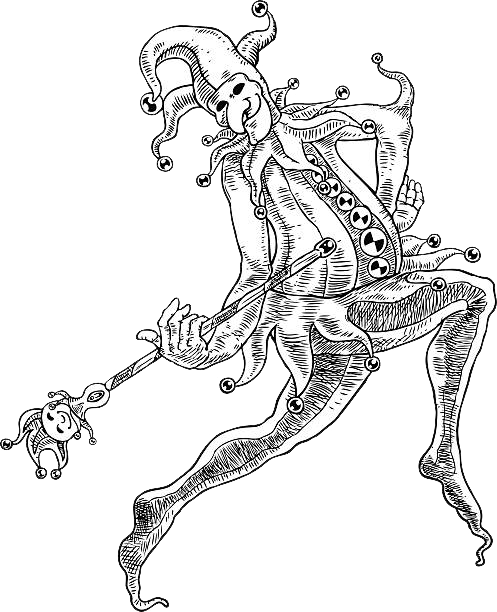2.1
Xeno-Duets & Learning Systems
The conception of this project came with the idea that I would perform musical duets with an AI. At the time I was exploring ancient tunings systems on some harps (lyres, specifically) that I designed with the fabrication assistance of Koumartzis Anastasios, a luthier in Greece. When grappling with some of the pernicious cultural formations discussed in the previous chapter most traditional strategies languished with insufficiency. I wanted to use musical improvisation as a way of playing with these impermeable and grim concepts. I wanted to embody the aesthetics of a pre-modern era to reflect the daunting hegemonic systems mentioned above while adopting tuning and improvisation as constructive methods that embodied agency. By adopting tuning systems that predated the Enlightenment I felt I could evoke the ancient world through song. But instead of writing counterpoint for two humans, I would be accompanied by algorithms. The third chapter will address tuning as a theme for recalibrating our cultural relations and political economy, but first this chapter will focus on learning, improvisation, play, and practice as modes for navigating indeterminacy.
︎ Refer to Appendix A4 for ancillary musical, historical, and technical details
The early phases of this project were characterized by wide-eyed anthropomorphic fantasies in which I envisioned myself frolicking through the forest as a minstrel followed by a AI satyr playing gleeful harmonious lyre duets of Phoenician hymns. Of course I’m being melodramatic with my admittedly naive Brautigan-ish43 idea of cybernetic relations; however, I did fool myself into how this would actually transpire. I, too, fell into the trap of mythologizing alien learning systems with my presuppositions and apriorism. Since then my naïvete has waned measurably and my initial preconceptions matured as I continued to write the pieces of music and became more involved in the technical facets of machine learning.
Performing a successful duet is contingent upon having at least some mutual understanding. Machine listening is still in its naissance and can be a bit frustrating when trying to coax out a human legible “musical” result. The learning process has not been exclusive to the machine and has required an enormous amount of trial and error. Unlike traditional software that uses structured logic to construct rule sets, these learning systems form, develop, and adapt their ‘intelligence’ contingent upon the music it is exposed to. To mitigate unintelligible musical behavior I spent dizzying amounts of time dedicated to the tedious yet paramount task of organizing musical data. The adage of ‘garbage in, garbage out’ is apt here.
Unlike traditional duets where two musicians share a tonal lexicon, a common listening history, and oftentimes a musical form that they traverse in time, this duet took place over a longer intervallic timescale. The period where the dialogue occurred exceeded the classical human temporality of performing a form in simultaneity and took place in an inhuman, nonlinear temporality unfolding in the pre-critical multidimensional indices of model training. The duet was actually happening during the data selection, cleaning,44 and training rather than while I was playing music with it.
I began to refer to this process as a xeno-duet (or a meta-duet) whereby I would train the model, perform music with it, and then return to retrain the model for a more “musical” output. The dynamic back and forth of recalibrating the system to bring it into an optimal state for musicality was where the most nuanced repartee took place. It was only after I internalized these second-order dynamics that the music took on a life of its own. The presuppositions upon which human musicality rests were undermined when attempting to establish even the most basic common parlance upon which to communicate.
The non-computational behavioral methodologies that I considered for model integrity drew heavy influence from constructivist theories of cognitive development45 (Piaget, Bachelard, et al.), the Palo Alto Group’s work on communication theory46 (Bateson, Von Foerster, et al.), and Chilean radical constructivism47 (Varela, Maturana, et al.). The developmental cycle for arriving at decipherable outcomes was achieved by iterating through cognitive stages of selection, distinction, comparison, and connection of elements into information and phenomena forming coherent output (by my aesthetic standards).
43 "Richard Brautigan > Machines of Loving Grace." http://www.brautigan.net/machines.html
44 "Data Cleaning: Overview and Emerging Challenges." https://www.cc.gatech.edu/~xchu33/chu-papers/data-cleaning-sigmod-tutorial.pdf
45 "Constructivist Foundations." https://constructivist.info
46 "Bateson & the Palo Alto Group | The Children & Adolescents: Clinical Formulation & Treatment." https://www.sciencedirect.com/topics/neuroscience/communication-theory
47 "Radical Constructivism" http://www.radicalconstructivism.com/
